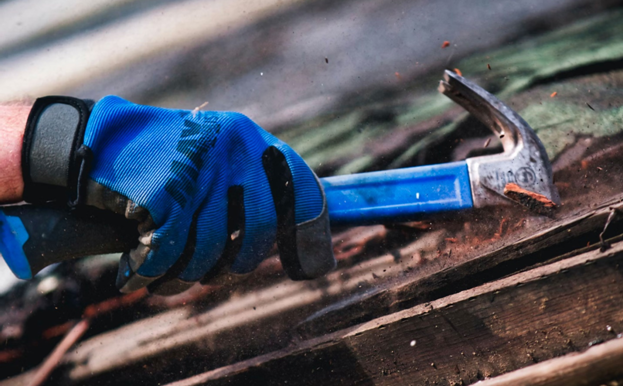Behind The Bill: Factors Influencing The Cost Of Restoration Services
The Cost Of Restoration Services

Restoration services are a critical aspect of maintaining and preserving our built environment. Whether it’s restoring a historic building, repairing damages caused by natural disasters, or renovating an aging structure, these services play a vital role in ensuring the longevity and safety of our communities.
However, many factors come into play when it comes to the cost of restoration services. Let’s delve into some key elements that influence the bill for restoration work.
Extent Of Damage
One of the primary factors that impact the restoration services’ cost is the extent of the damage. Naturally, the more extensive the damage, the more labor, materials, and time will be required to complete the restoration.
For instance, a building that has suffered minor water damage may only require simple repairs and drying. In contrast, a structure severely impacted by a fire may need extensive reconstruction and rebuilding.
Type Of Damage
The type of damage also plays a significant role in determining the cost of restoration services. Different types of damage require different approaches and materials for restoration.
For example, repairing damage caused by water infiltration involves drying out the affected areas, repairing or replacing damaged materials such as drywall and flooring, and addressing mold or mildew growth.
On the other hand, fire damage restoration involves removing debris, cleaning smoke residue, and rebuilding portions of the structure destroyed by the flames.
Each type of damage requires specific expertise and resources, which can impact the overall cost.
Materials And Labor Costs
The cost of materials and labor is another crucial factor influencing the bill for restoration services. High-quality materials and skilled labor are essential for ensuring that the restoration work is done effectively and lasts for years to come.
However, these come at a price. The cost of materials such as lumber, drywall, paint, and specialized restoration products can vary depending on availability, demand, and quality.
Similarly, the labor costs associated with skilled tradespeople, contractor, and restoration specialists can also vary depending on their experience, expertise, and location.
Access To The Site
The accessibility of the restoration site can also impact the cost of restoration services. If the damaged structure is located in a remote or hard-to-reach area, it may require additional time, resources, and equipment to transport materials and personnel to the site.
Similarly, if the site is obstructed by obstacles such as trees, debris, or other structures, it may require extra effort to clear the area and access the damaged building.
These factors can contribute to increased transportation, logistics, and labor costs. So, it’s not just fixing the damage that costs money but also dealing with these obstacles along the way.
Regulatory Requirements
Regulatory requirements and compliance can also influence the cost of restoration San Antonio services.
Depending on the nature and extent of the damage, specific permits, inspections, and approvals may be necessary before restoration work can commence.
Meeting these regulatory requirements often involves additional paperwork, fees, and coordination with local authorities, which can add to the project’s overall cost.
Furthermore, adherence to building codes and historic preservation guidelines may require specific materials, techniques, and labor practices, which can also impact the final bill.
Insurance Coverage
The availability and extent of insurance coverage can significantly impact the cost of restoration services.
Property owners often rely on insurance policies to help cover the costs of repairing or rebuilding their damaged structures. However, insurance policies’ terms and coverage limits can vary widely, and not all types of damage may be covered.
Property owners should carefully review their insurance policies and consult with their insurance providers to understand their coverage and any possible costs they might need to pay themselves.
Unforeseen Challenges
Despite careful planning and assessment, restoration projects can encounter unforeseen challenges that may increase costs and extend timelines.
For example, hidden structural damage, unexpected hazardous materials, or unforeseen complications during the restoration process can lead to additional expenses for remediation, repairs, and revisions to the project scope.
Dealing with these unforeseen challenges often requires flexibility, problem-solving skills, and additional resources, all of which can contribute to higher overall costs for restoration services.
Property owners should be prepared for unforeseen challenges and work closely with their restoration professionals to address them effectively and minimize their impact on the project budget.
Conclusion
The cost of restoration services can vary widely depending on various factors, including the extent and type of damage, materials and labor costs, access to the site, regulatory requirements, and insurance coverage.
Property owners should carefully consider these factors when budgeting for restoration projects and working with restoration professionals to develop comprehensive plans and estimates.
Property owners can make informed decisions and ensure that their valuable assets are restored effectively and efficiently by understanding the factors that influence the cost of restoration services.
If you are looking for a trusted partner in restoration, Boling Construction Company is here to help. With our expertise and dedication to excellence, we offer premium restoration services tailored to meet your specific needs.
Contact us today to learn more about how we can assist you in restoring your property effectively and efficiently.



